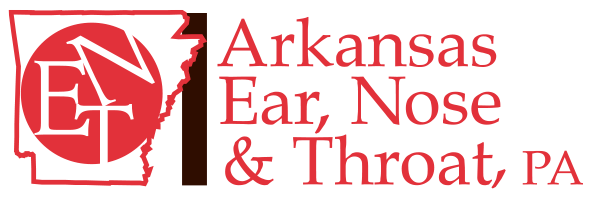Snoring/Sleep Apnea
Snoring is a common issue for many normal adults. Approximately forty-five percent of adults report occasional snoring, and twenty-five percent snore every night. Snoring is more common in males and people that are overweight. Snoring usually worsens with age. Snoring occurs when there is an obstruction in air flow through the nose or the mouth. The noise that we hear is the result of the structures of the posterior nose or throat collapsing against each other and vibrating against the soft palate and uvula during breathing.
Chronic snoring can be caused by poor muscle strength in the tongue and throat, excessive soft tissue in the neck, or a long soft palate and/or uvula. Nasal obstruction from sinus infection allergies, or a colds; can also cause snoring, however this type of snoring should go away after recovery from the illness. Children with chronic snoring, may have enlarged tonsils or adenoids or nasal blockage.
A more serious condition of snoring is sleep apnea. Obstructive sleep apnea (OSA) is when snoring is interrupted by pausing, choking or gasping, with episodes lasting more than 10 seconds each and multiple times an hour. Symptoms of OSA can be daytime somnolence, sleeping at inappropriate times, headaches, and fatigue. Many years of untreated OSA can result in hypertension, stroke, and possibly heart problems.
Testing for OSA
Home Sleep Testing
Home sleep testing measures nasal and oral airflow and oxygenation by wearing a monitor at night in your own home.
In Lab Sleep Testing
In-lab sleep study is performed in the hospital or sleep center. It is an overnight examination. Electrodes are placed on your head and body to monitor your physical activity during sleep. You may be placed on a CPAP during that test if you show significant apnea. A sleep physician will usually read the test and go over it with you at a later time.
Epworth Sleepiness Scale
The Epworth Sleepiness Scale is a questionnaire that gauges daytime sleepiness. The patient evaluates on a zero to three scale whether they are likely to feel sleepy or doze off during various daytime activities. The total score of all eight activities is added up and graphed on a sleepiness scale. A score of less than ten is considered normal, but a score between eleven and twenty-four could indicate a sleep disorder.
Sleep Treatment
CPAP
A continuous positive airway pressure device (CPAP) is the most common treatment option for those with sleep apnea. CPAP provides a continuous stream of air pressure to keep you airway open. It consists of: a mask that fits over the mouth and nose with straps to hold it in place, or buttons that fit only in the nose. A tube connects the mask to the motor and the motor, which generates airflow.
Oral Appliances
An oral appliance is another treatment option for those with mild or chronic snoring. The device resembles an athletic mouth guard and is custom-fit to the patient’s mouth. It works by supporting the jaw in a forward position to ensure the airway remains open.
Sleep Apnea Surgery
Surgery may be necessary if you have sleep apnea not effectively treated with CPAP and/or you have anatomy that is obstructing your airway. The type of surgery required varies depending on what is causing the sleep apnea. In children, sleep apnea is commonly caused by enlarged tonsils or adenoids; a tonsillectomy and/or adenoidectomy is usually performed. Other types of surgery can correct a collapsing soft palate, a poorly set jaw, a swollen tongue, excessive throat tissue or other structural problems that may cause blockage in the airway.
